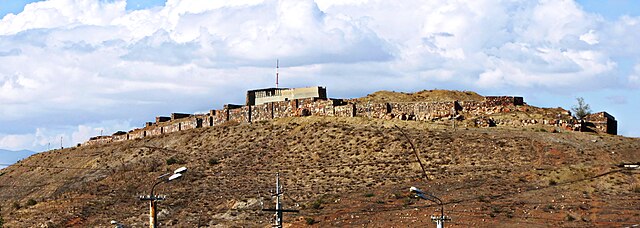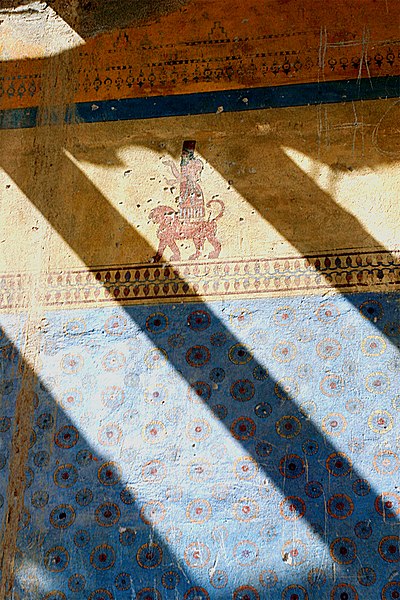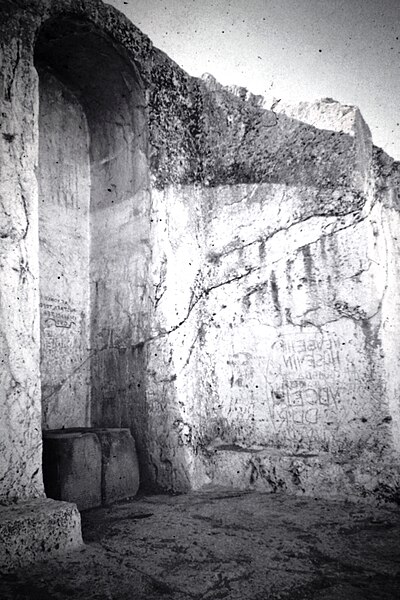Erebuni Fortress is an Urartian fortified city, located in Yerevan, Armenia. It is 1,017 metres (3,337 ft) above sea level. It was one of several fortresses built along the northern Urartian border and was one of the most important political, economic and cultural centers of the vast kingdom. The name Yerevan itself is derived from Erebuni.
Walls of Erebuni Fortress
Modern reproductions of the ancient wall-paintings at Erebuni Fortress
Exterior walls of Erebuni
Model of the Erebuni Fortress
Urartu was an Iron Age kingdom centered around Lake Van in the Armenian Highlands. It extended from the eastern bank of the upper Euphrates River to the western shores of Lake Urmia and from the mountains of northern Iraq to the Lesser Caucasus Mountains. Its kings left behind cuneiform inscriptions in the Urartian language, a member of the Hurro-Urartian language family. Since its re-discovery in the 19th century, Urartu, which is commonly believed to have been at least partially Armenian-speaking, has played a significant role in Armenian nationalism.
Fragment of a bronze helmet from Argishti I's era. The "tree of life", popular among the ancient societies, is depicted. The helmet was discovered during the excavations of the fortress Of Teyshebaini on Karmir-Blur (Red Hill).
Niche and base for a destroyed Urartian stele, Van citadel, 1973.
Urartian stone arch near Van, 1973. [citation needed]
Urartian tomb complex, Van citadel, 1973.







![Urartian stone arch near Van, 1973. [citation needed]](https://upload.wikimedia.org/wikipedia/commons/thumb/a/a7/Urartian_arch_near_Van._1973.jpg/640px-Urartian_arch_near_Van._1973.jpg)
